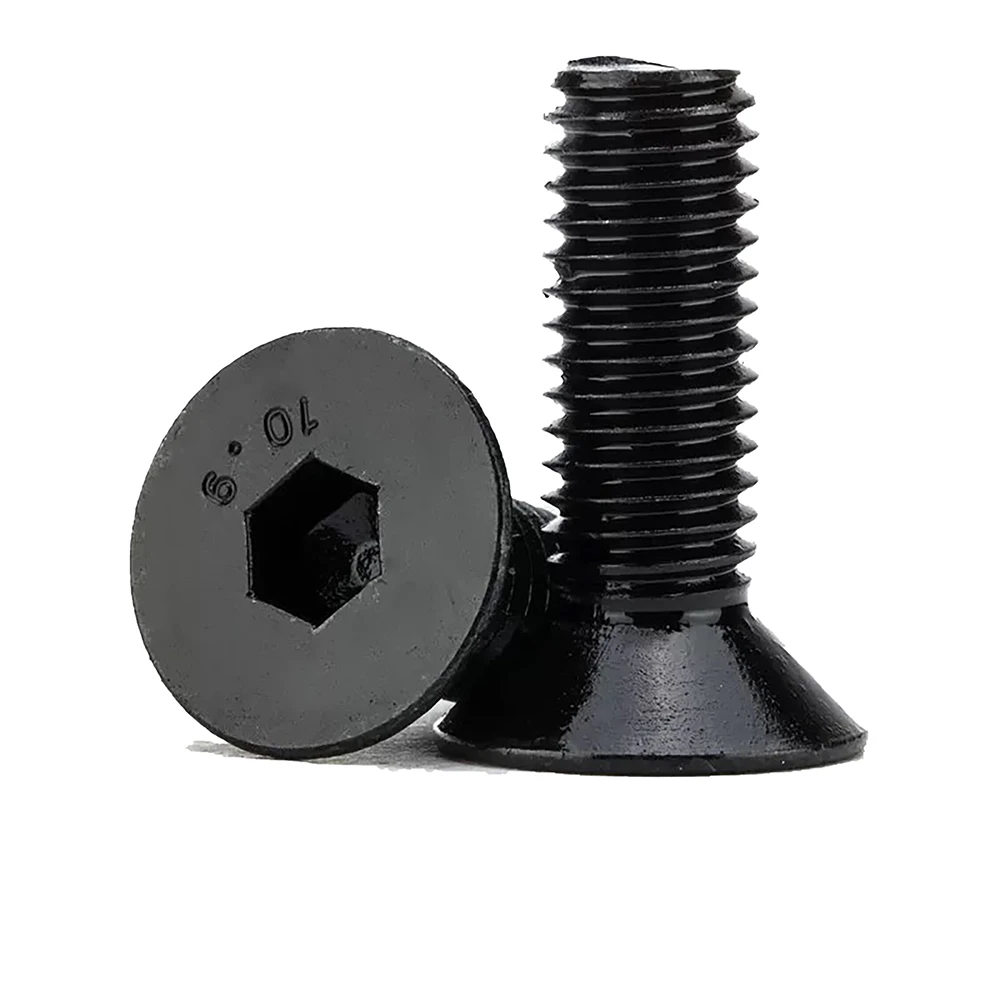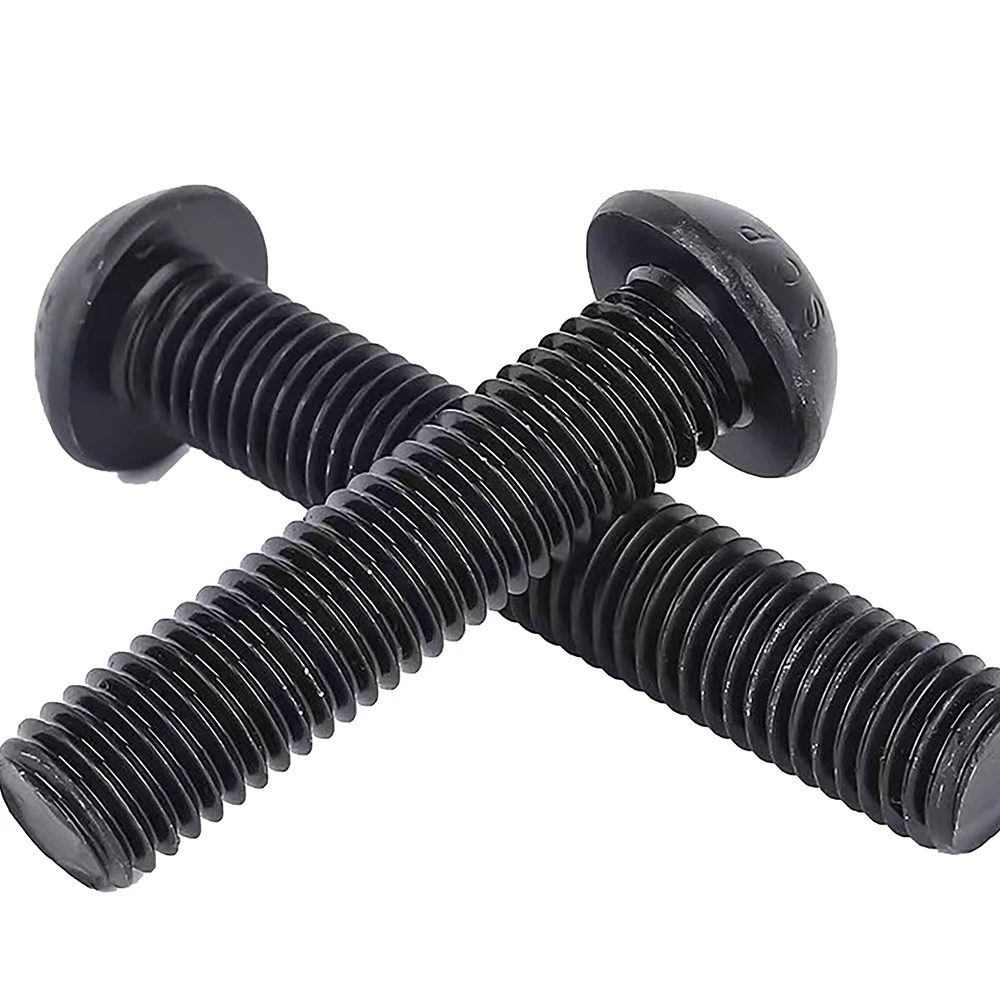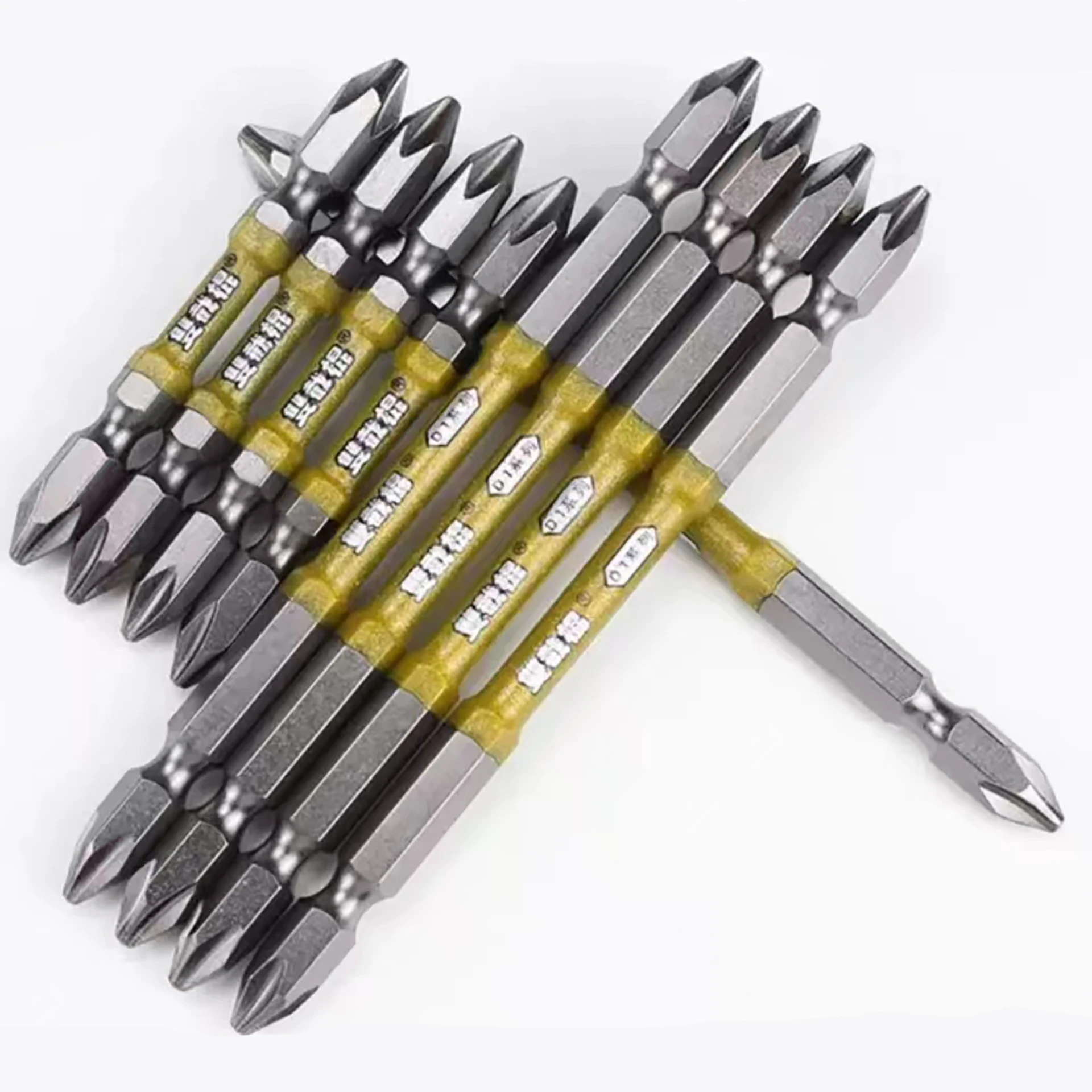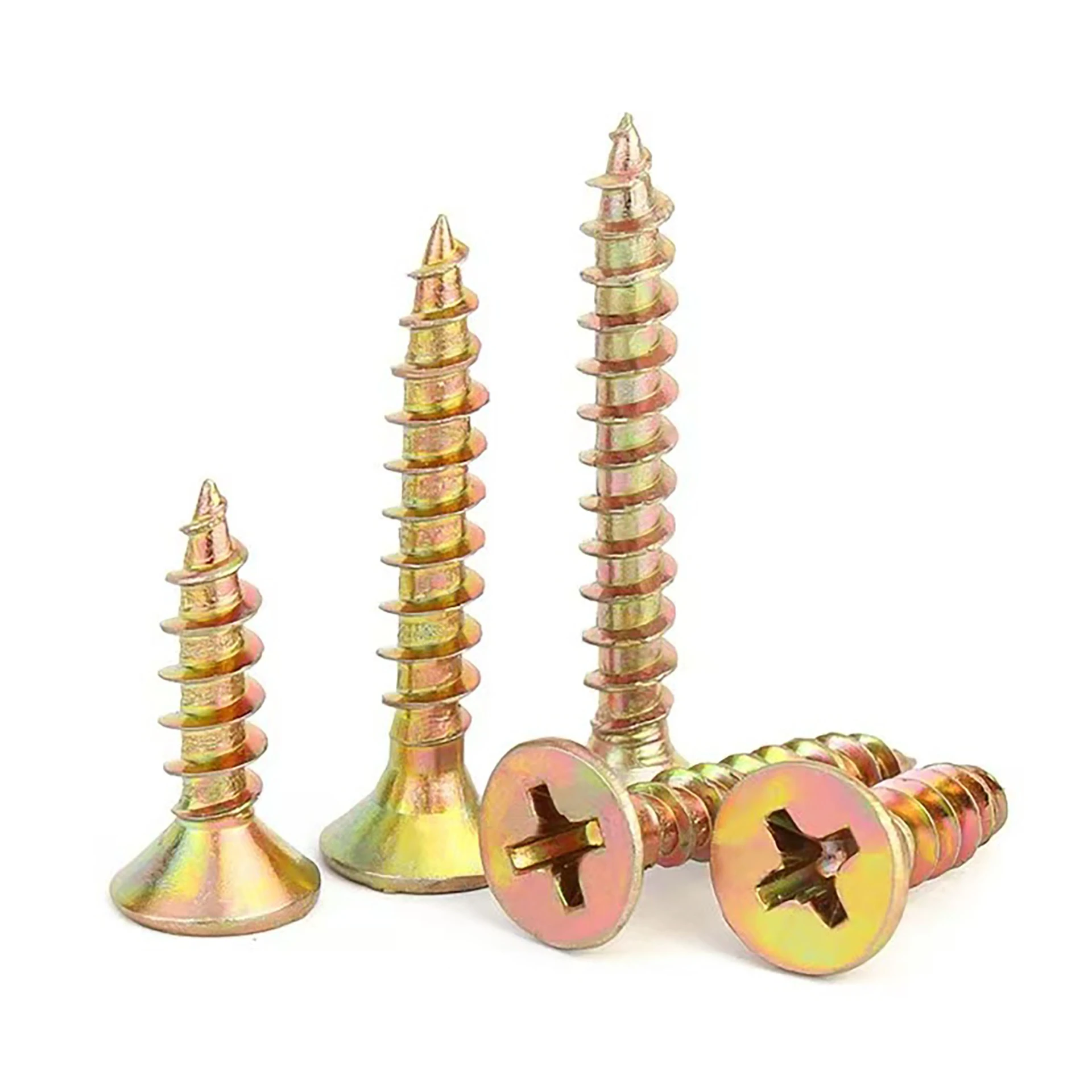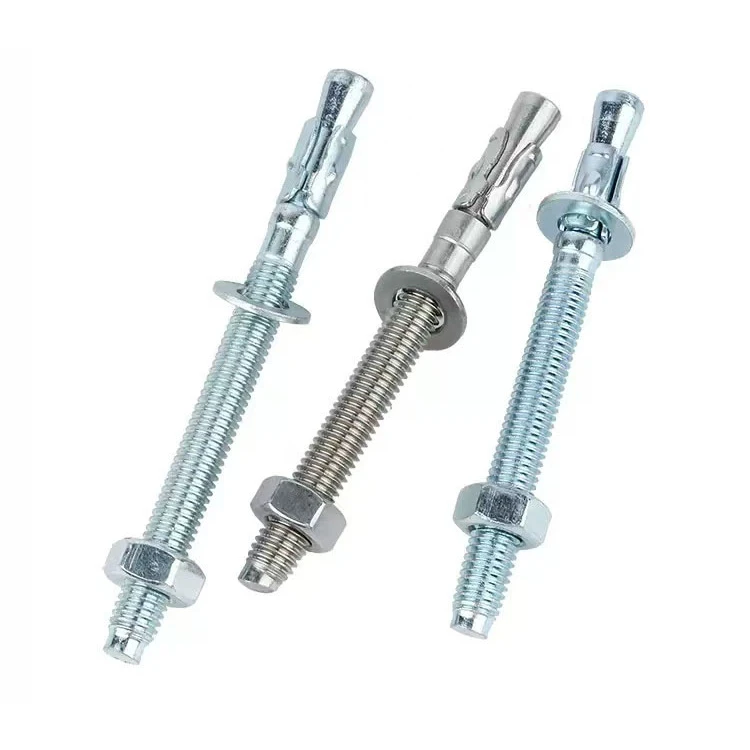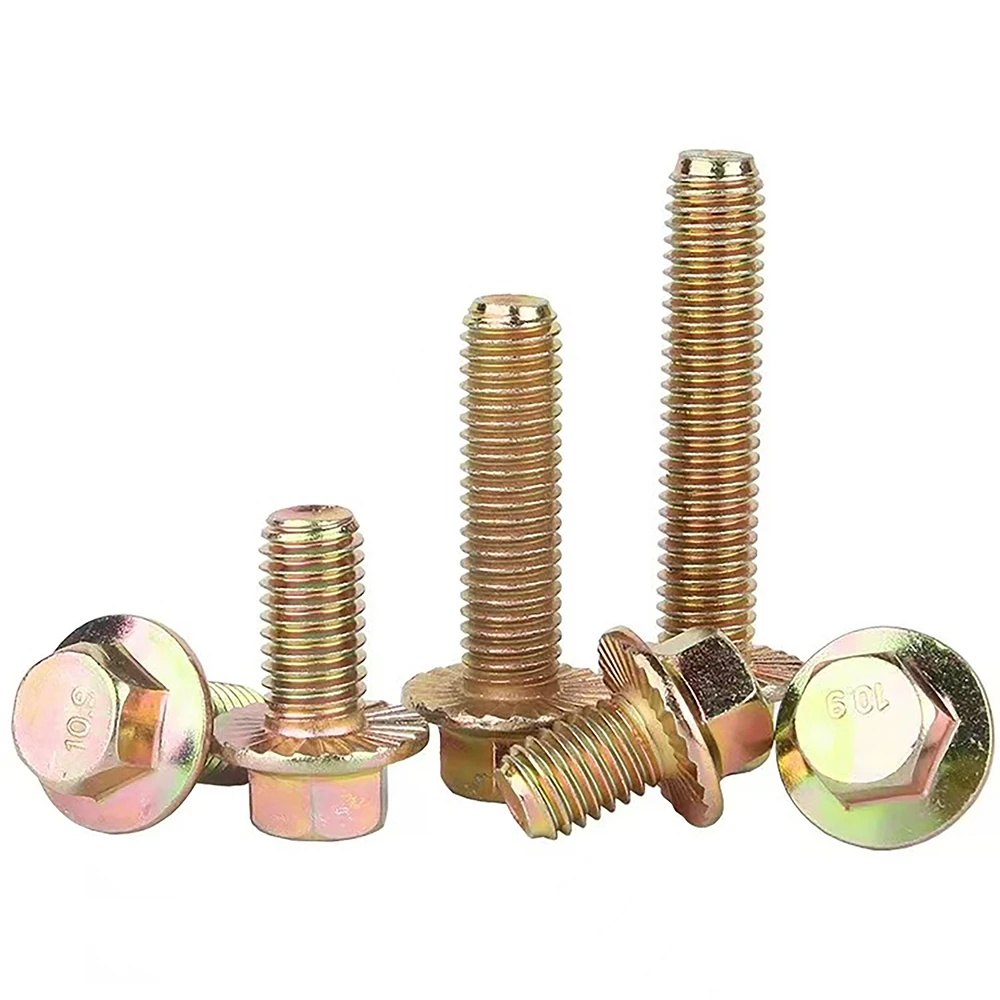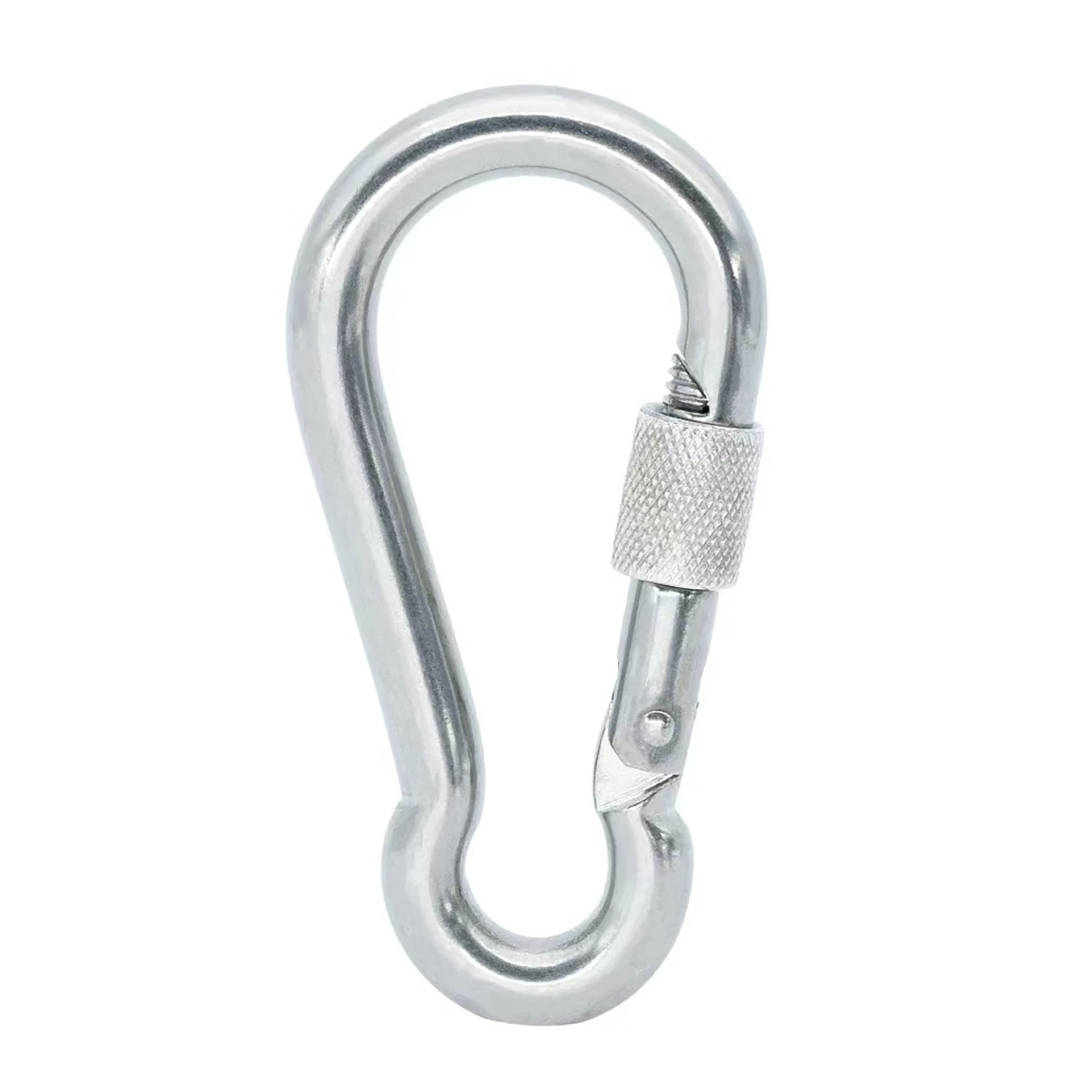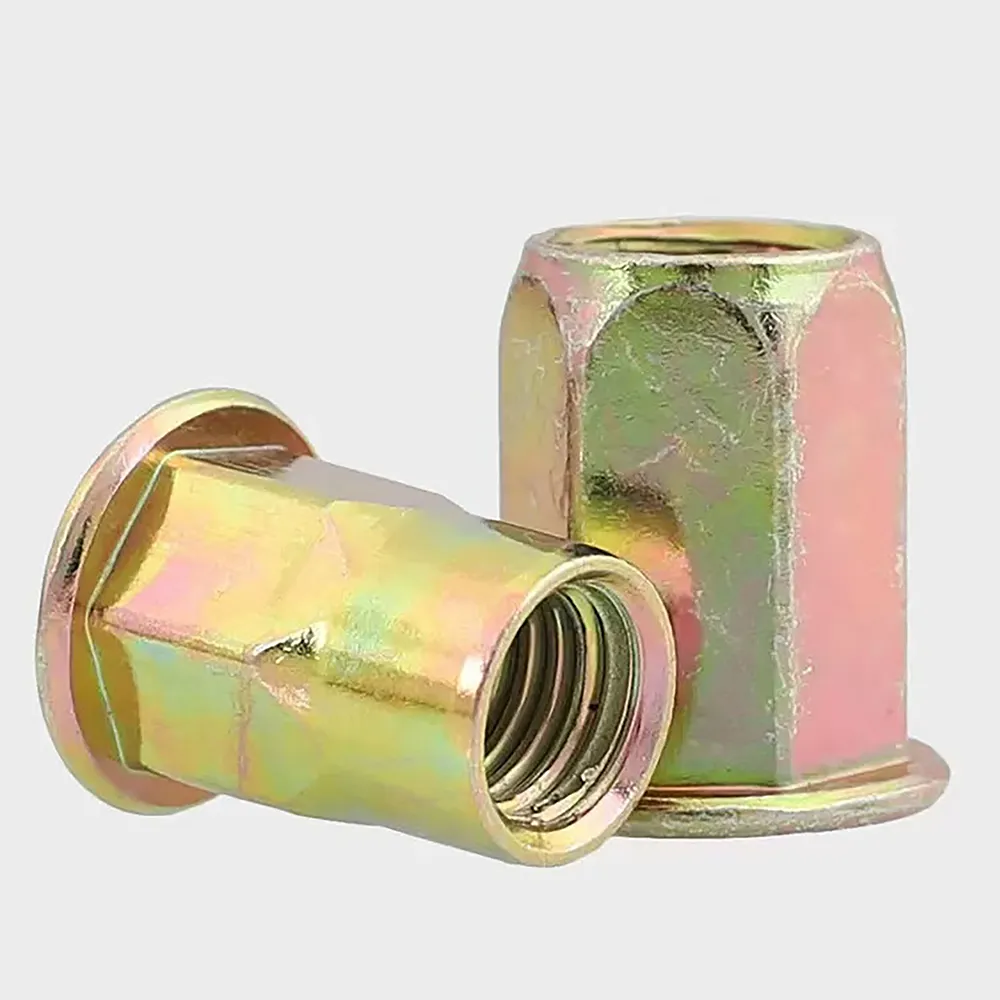Socket Head Cap Screw
In mechanical and structural assemblies, choosing the correct screw cap types is critical for performance, safety, and aesthetics. Among the most common are the cap screw, cap head bolt, allen head caps, and dome head screw caps, each designed for a specific application or appearance.
Cap screws are precision fasteners with a cylindrical head and threaded shaft, ideal for machinery and high-strength joints. They’re often used in pre-tapped holes where alignment and grip strength matter. The cap head bolt, on the other hand, typically features a larger head and is suited for situations requiring heavy-duty fastening and strong clamping force.
When applications require a sleek finish and internal driving mechanism, allen head caps—also known as socket head cap screws—are preferred. They are commonly used in machinery, automotive, and robotics where compact design is essential. For a more decorative or rounded surface, dome head screw caps provide an aesthetic option while still offering functionality and tamper resistance.
Selecting the correct screw cap type not only enhances assembly performance but also impacts ease of installation and maintenance. Material composition (e.g., stainless steel, alloy steel, brass) and environmental conditions also influence fastener selection. Whether in industrial machinery, electronics, furniture, or automotive assemblies, the right cap screw or bolt makes all the difference in both function and form.
How To Remove A Stripped Socket Head Screw
Removing a stripped socket head screw can be a challenging task, but with the right techniques and tools, it can be done safely without damaging the surrounding material. A stripped screw usually occurs when the hex recess becomes rounded off, making it difficult for an Allen wrench or hex key to grip properly. One of the most effective methods is to use a screw extractor. This tool is designed with reverse threads that bite into the damaged screw, allowing you to turn it out counterclockwise. If an extractor is not available, you can try using a slightly larger Torx bit or flathead screwdriver that can wedge into the damaged recess and provide enough grip to loosen the screw. Another option is applying a rubber band between the tool and the screw head. The rubber provides extra friction, which often gives the tool just enough bite to turn the fastener. For stubborn screws, using penetrating oil can help loosen rust or debris that may be holding the screw in place. In extreme cases, carefully drilling into the center of the screw or cutting a slot into the head with a rotary tool may provide an alternative grip point. The key to success is patience and using the right method based on the situation. By applying these techniques, you can safely remove a stripped socket head screw without causing damage to your equipment or assembly.
Socket Head Cap Screw Size Chart
A socket head cap screw size chart is an essential reference for engineers, manufacturers, and technicians working with precision fasteners. Socket head cap screws, also known as Allen bolts, are designed with cylindrical heads and hexagonal recesses. Their compact design allows them to be installed in tight spaces where traditional wrenches cannot be used, making them ideal for machinery, automotive, and industrial applications.
The size chart typically provides detailed information on screw diameter, thread pitch, head height, and hex socket size. For example, a chart may list dimensions for metric sizes such as M3, M4, M6, M8, and M10, as well as standard inch sizes like 1/4", 5/16", and 3/8". Having these specifications readily available ensures that users can select the correct fastener for their project, guaranteeing proper fit, strength, and safety.
In addition to dimensional data, some charts include strength grades and recommended torque values. This is particularly useful for high-stress applications where over-tightening can cause damage, and under-tightening can lead to failure. By referencing the size chart, users avoid guesswork and can confidently choose the right socket head cap screw for any application.
Overall, a socket head cap screw size chart is more than just a technical document; it is a practical tool that saves time, reduces errors, and ensures the reliability of mechanical assemblies.
What Is A Socket Cap Screw
-

Definition
A socket cap screw is a type of fastener with a cylindrical head and a recessed hexagonal drive. It is tightened using a hex key or Allen wrench rather than a traditional screwdriver. -

Design Advantages
Its compact head design allows for installation in tight or recessed areas. The hex socket also reduces the risk of slippage compared to slotted or Phillips screws. -

Applications
Socket cap screws are widely used in machinery, automotive parts, robotics, and structural assemblies where strength, precision, and reliability are required. -

Material And Grades
These screws are commonly made from alloy steel, stainless steel, or titanium, offering various strength levels and corrosion resistance. Different grades, such as 8.8, 10.9, and 12.9, indicate the tensile strength of the fastener.
